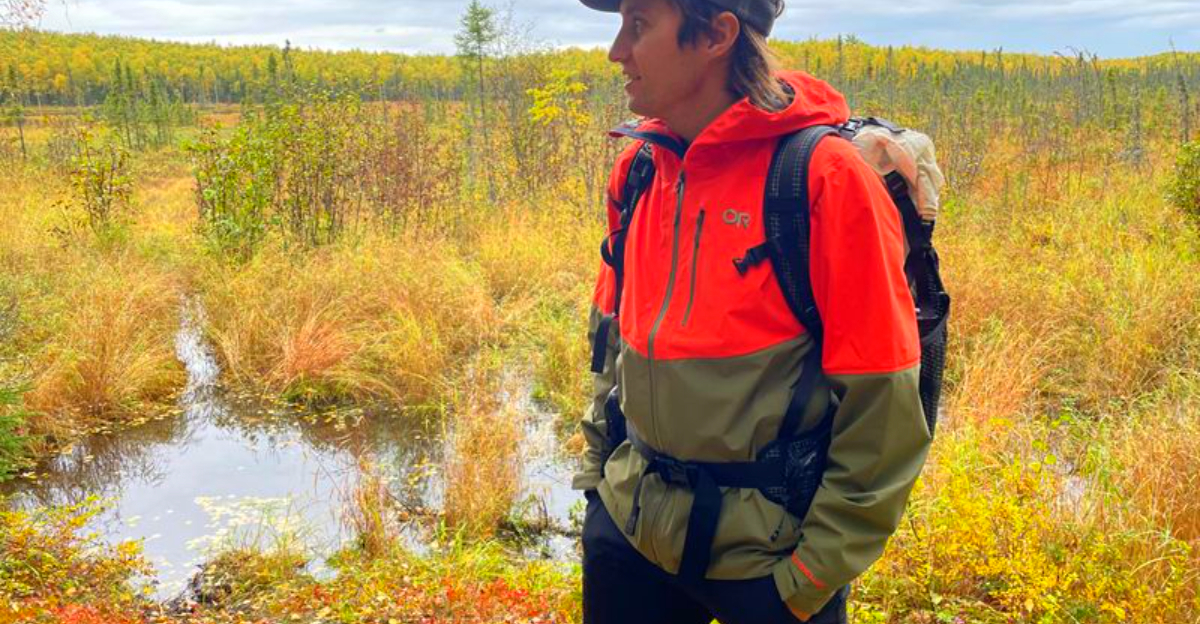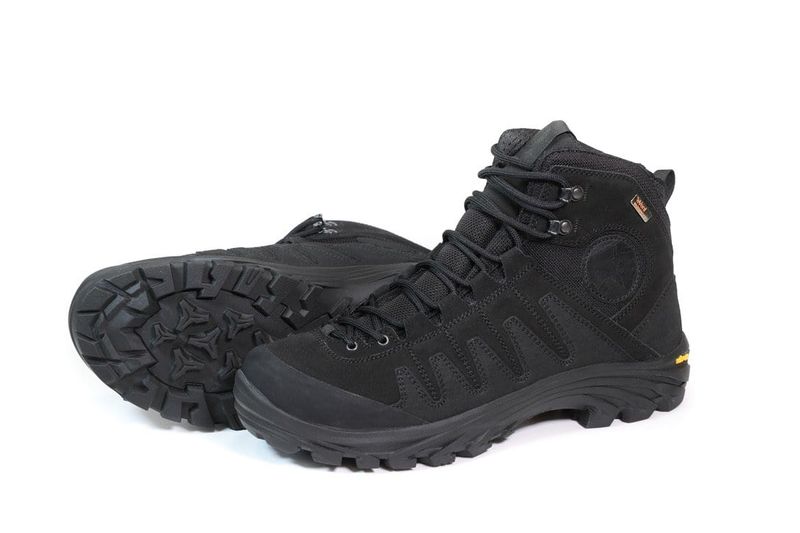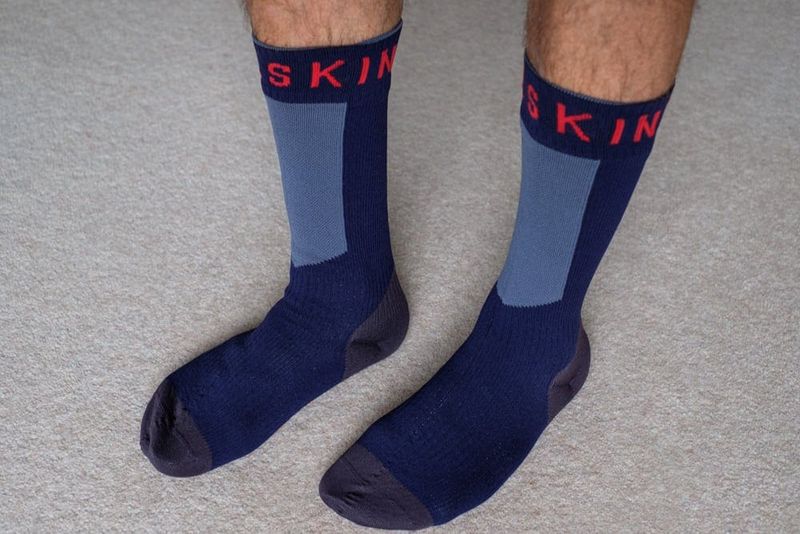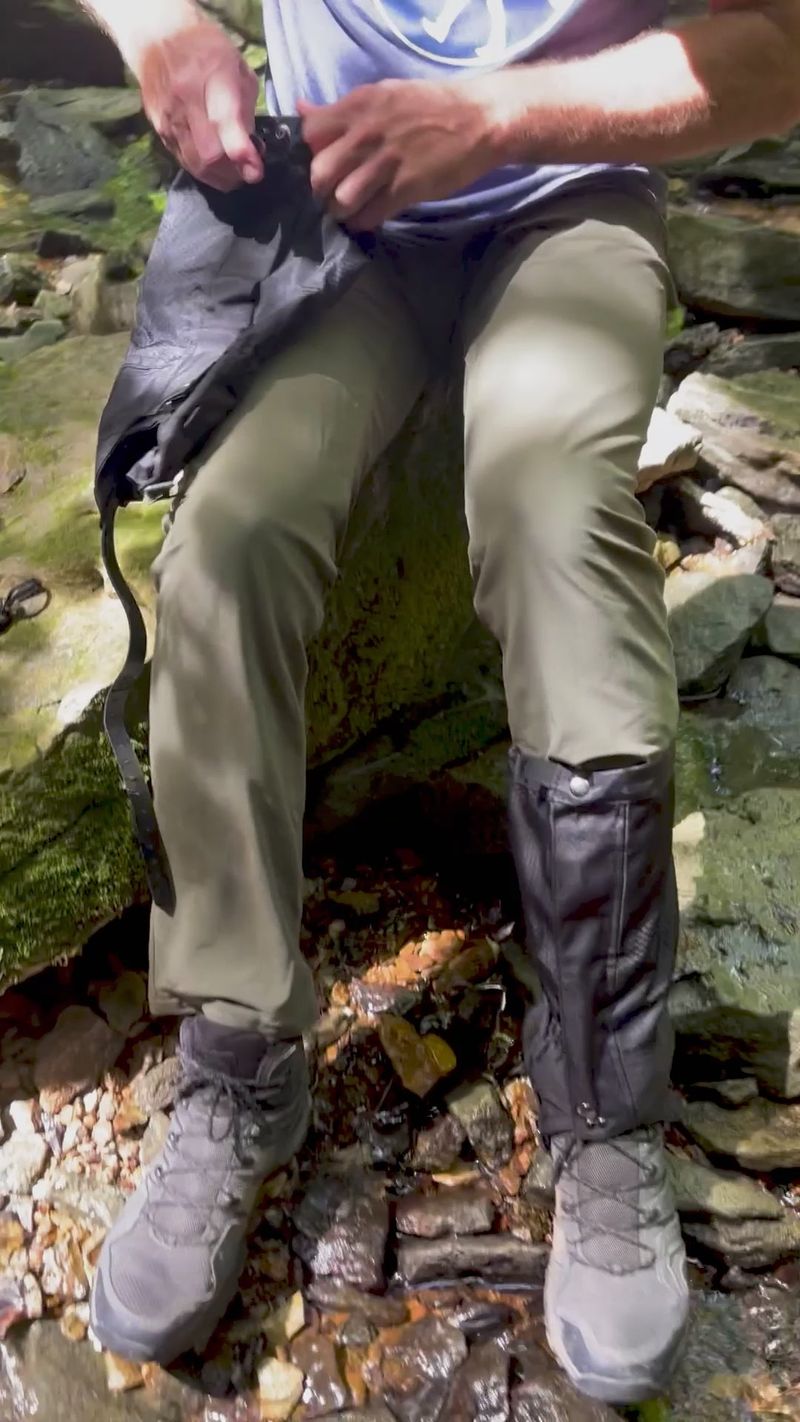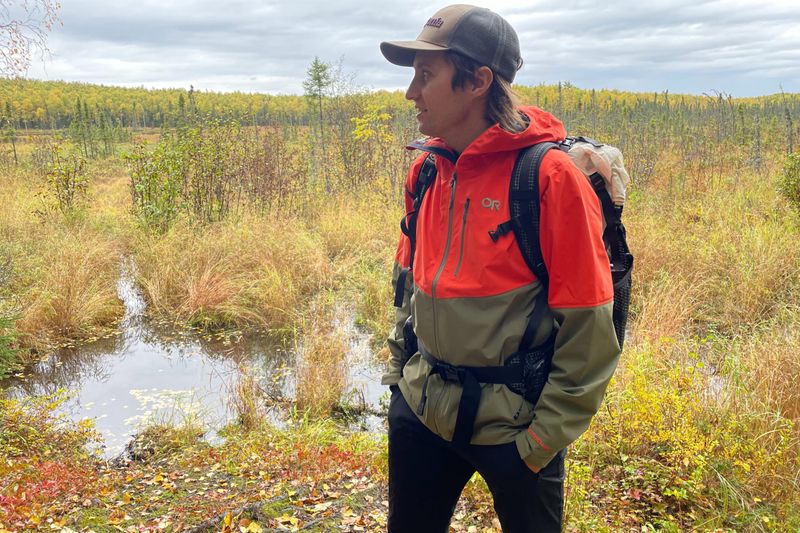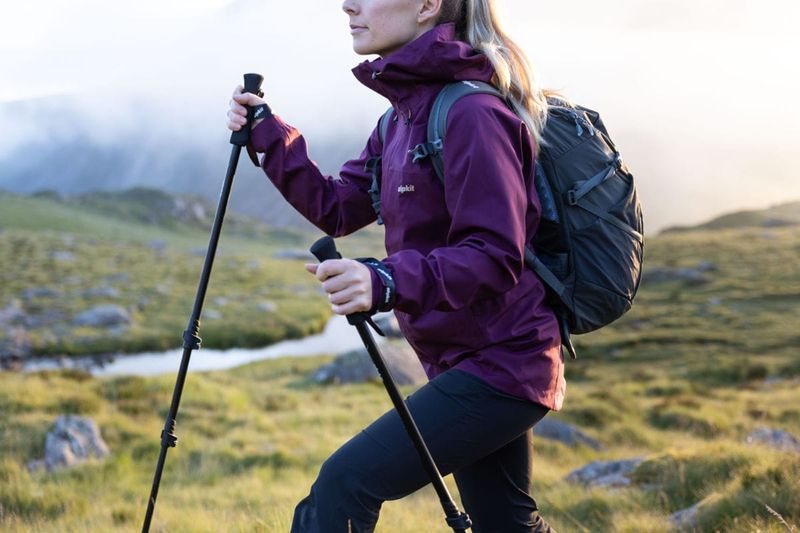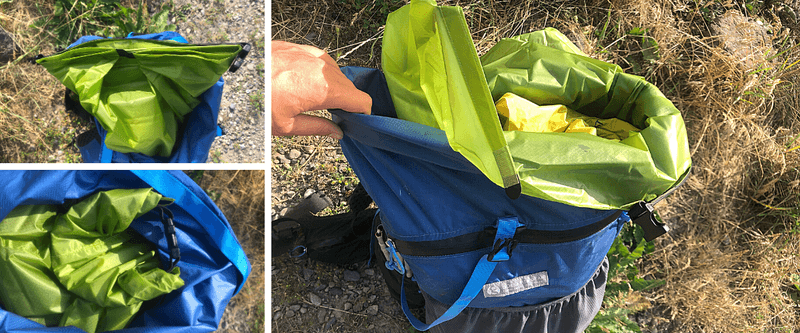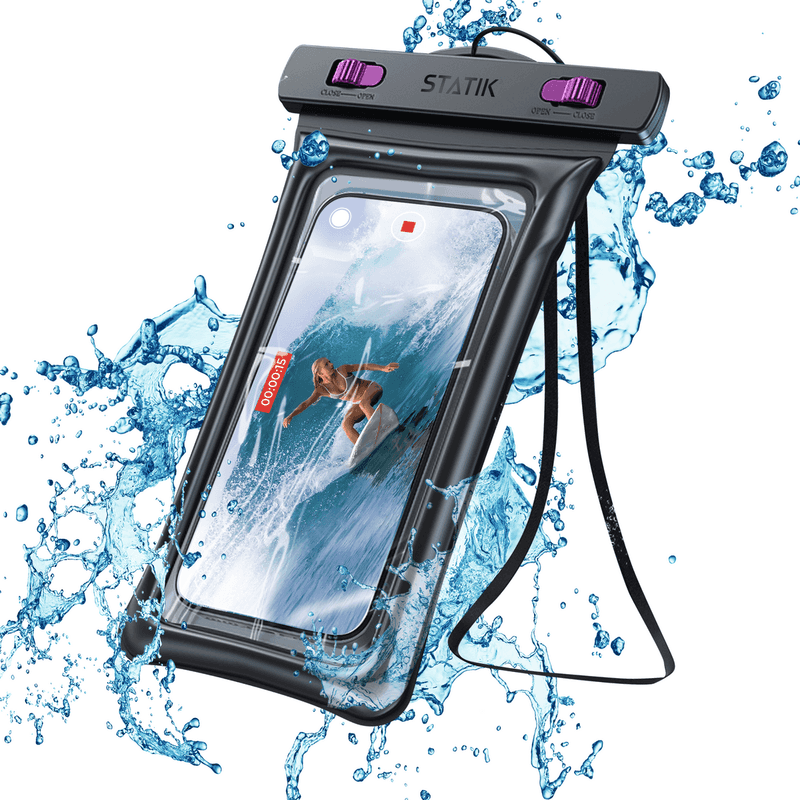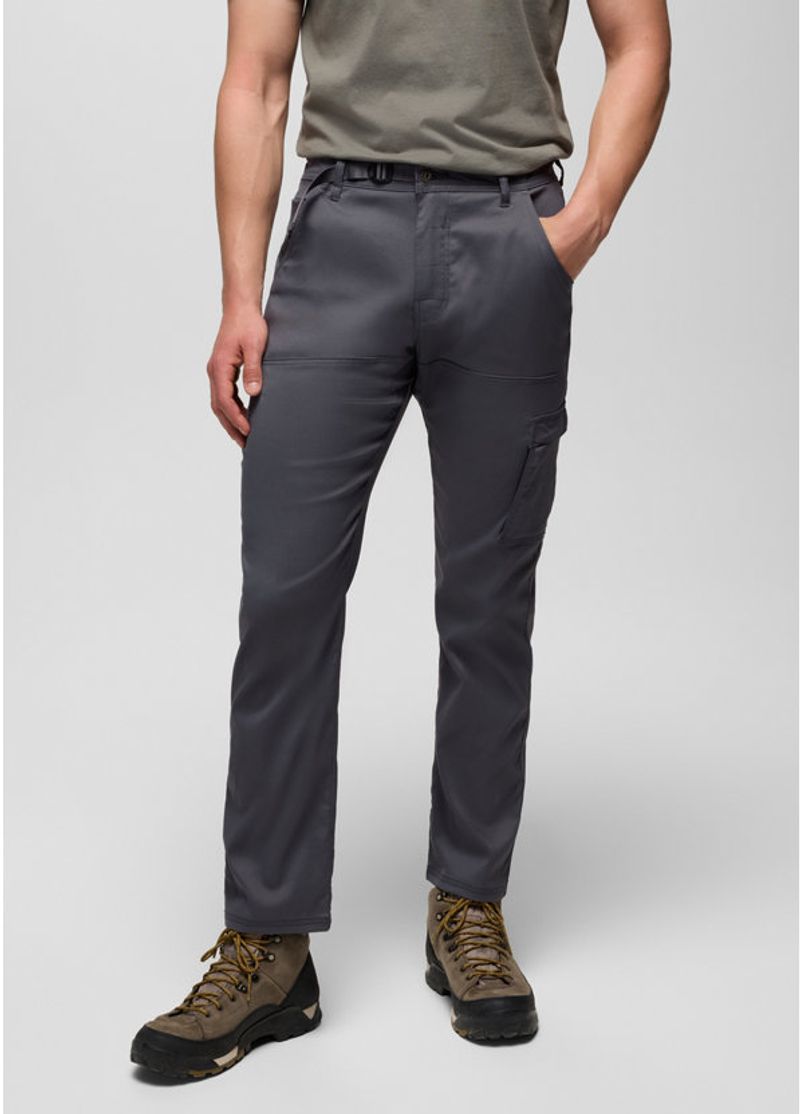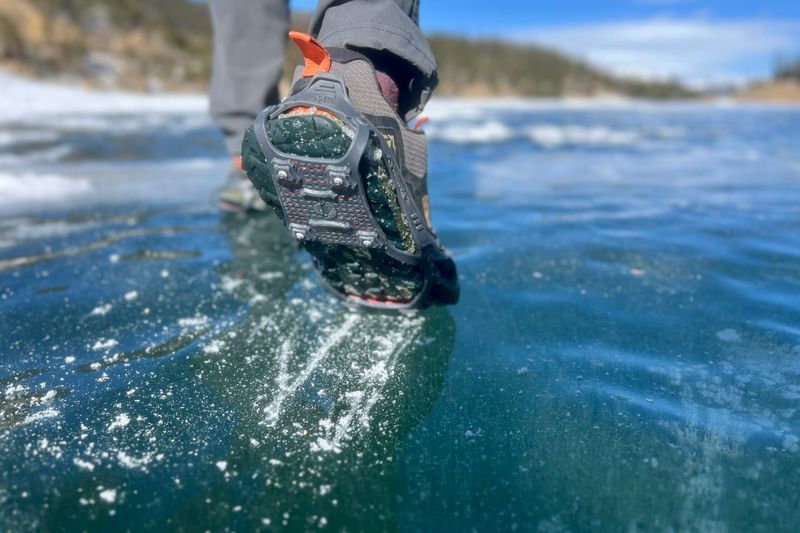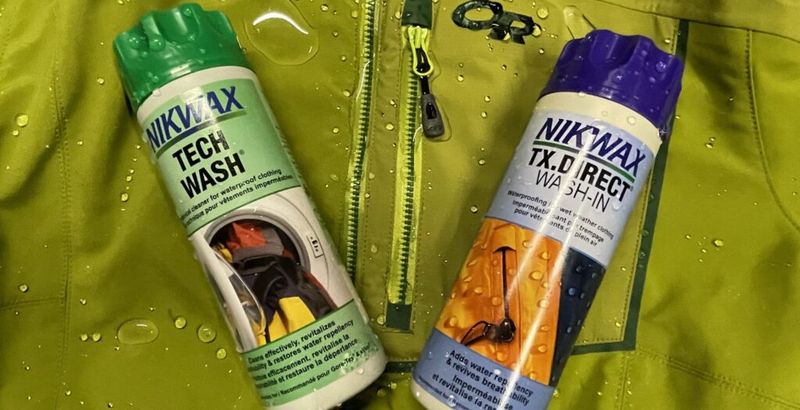Rain doesn’t have to ruin your hike. With the right gear, you can stay dry, comfortable, and safe even when the weather turns nasty. Slippery trails and soaked clothes are no match for products designed to handle wet conditions. Whether you’re a weekend warrior or a seasoned trekker, these ten essentials will keep you moving confidently through puddles, mud, and downpours.
1. Waterproof hiking boots with wet-grip rubber
Stable ankles and waterproof liners work together to block water while deeper lugs and sticky rubber compounds keep you upright on slick rock and mud. Popular choices include the Hoka Anacapa 2 Mid GTX, which features a Gore-Tex bootie and Vibram Megagrip outsole, plus sustainability-focused materials that don’t sacrifice performance.
The Merrell Moab 3 Mid Waterproof offers famous out-of-box comfort with a Vibram TC5+ compound outsole that grips wet trails reliably. Look for Vibram Megagrip technology and aggressive, self-cleaning lugs when shopping.
Keep in mind that waterproof footwear excels in cool, wet weather but can feel warm during summer hikes, so choose based on your local climate and typical trail conditions.
2. Waterproof socks for stream splashes and shoe overflows
Water has a sneaky habit of creeping over boot collars during stream crossings or heavy downpours. Waterproof socks act as your last line of defense, keeping feet warm and significantly drier when your primary footwear gets overwhelmed.
Sealskinz pioneered the three-layer waterproof sock design, combining a durable outer layer, a waterproof membrane middle, and a soft inner layer for comfort. This construction prevents blisters and maintains warmth even when conditions turn challenging.
While they won’t replace quality boots, waterproof socks provide crucial backup protection. They’re especially valuable on multi-day trips where dry feet mean happier hiking and fewer problems down the trail.
3. Gaiters to keep mud and water out of your shoes
Trail spray, morning dew, and shallow puddle splashes constantly try to invade the gap between your pants and boots. Gaiters create a protective barrier that blocks debris and moisture from entering through this vulnerable ankle area.
The Outdoor Research Helium Gaiters offer lightweight, knee-high protection with a Pertex Shield waterproof upper section and reinforced lower panels that handle brush and rocks. They compress small when not needed but deploy quickly when conditions deteriorate.
Think of gaiters as insurance for your feet—they weigh little, pack easily, and prevent the misery of soggy socks and grit-filled boots. Particularly useful in spring when trails are muddy or covered with wet vegetation.
4. A true rain shell with pit-zips or torso vents
When real rain hits, breathability combined with smart venting prevents that uncomfortable internal sauna effect. The Patagonia Torrentshell 3L delivers a durable three-layer H2No shell with an excellent hood, tight cuffs, and strong water resistance at a reasonable price point.
For maximum heat management, the Outdoor Research Foray II uses Gore-Tex Paclite fabric and features best-in-class TorsoFlo side vents that dump excess warmth quickly during intense climbs. Shopping tips: prioritize three-layer or robust 2.5-layer fabrics with fully sealed seams.
Real ventilation options like pit-zips or torso vents make the difference between staying comfortable and feeling like you’re wearing a plastic bag during vigorous activity.
5. Trekking poles with mud baskets and carbide tips
Adding a third and fourth contact point dramatically improves stability on slippery terrain. Mud baskets prevent poles from sinking too deeply into soft ground, while carbide tips bite into slick surfaces for reliable grip.
The Black Diamond Trail Ergo Cork stands out with comfortable cork grips that absorb moisture, secure FlickLock length adjustments, and interchangeable tips and baskets for different conditions. Cork handles feel better in wet weather than foam or plastic alternatives.
Proper pole technique reduces knee strain on descents and helps maintain balance when roots, rocks, and mud conspire to trip you. Many hikers who try poles in rain never hike without them again.
6. Pack liner instead of just a pack cover
Pack covers stop rain from above but can’t prevent water that seeps between your pack and back during sustained downpours. A pack liner creates a waterproof barrier around everything inside, offering true protection for your gear.
The Sea to Summit Ultra-Sil Pack Liner uses ultralight 30D Ultra-Sil CORDURA fabric with an oval bottom and roll-top closure. It’s widely regarded as reliable and affordable insurance for electronics, sleeping bags, and spare clothes.
Think of it as cheap peace of mind—weighing just ounces, a quality liner ensures you’ll have dry clothes and a functional sleeping bag at camp. Many experienced hikers use both a cover and liner for maximum protection.
7. Waterproof phone and map pouch rated IPX8
Navigation tools become useless when soaked, yet you need them most during poor visibility. An IPX8-rated waterproof pouch keeps your phone and paper maps functional when the sky opens up.
The Sea to Summit TPU Accessory Case has been tested to IPX8 standards—submersible to 10 meters for one hour when properly closed. The touchscreen remains responsive through the case material, so you can check maps without exposing your device.
Beyond rain protection, these cases guard against accidental stream drops and sweat damage. They’re lightweight enough to carry always, not just when forecasts look threatening. Your phone contains emergency contacts, GPS data, and possibly your only camera—protect it properly.
8. Quick-dry hiking pants with DWR coating
Wet fabric that refuses to dry causes chafing, discomfort, and heat loss. Quick-dry pants with durable water repellent (DWR) treatment shed light rain and dry rapidly when soaked, letting you maintain your pace comfortably.
The prAna Stretch Zion II combines durable, stretchy, quick-dry fabric with DWR coating, thoughtfully designed pockets, and roll-up snaps for creek crossings. The stretch allows natural movement while climbing over obstacles or scrambling up steep sections.
Cotton jeans or heavy canvas pants stay wet for hours and rob body heat—a dangerous combination in cool weather. Modern synthetic pants dry in minutes, sometimes even while you’re still hiking, making them essential for unpredictable conditions.
9. Traction add-ons for shoulder-season slush and ice
Early spring and late fall bring mixed conditions—muddy trails with icy patches that turn innocent steps into skating attempts. Lightweight traction devices bridge the gap between summer boots and full crampons.
Kahtoola NANOspikes provide low-profile traction for these mixed conditions, working best on ice and slick surfaces rather than deep mud. They slip on quickly, weigh little, and pack small when trails clear.
Important distinction: pure mud responds better to aggressive boot lugs than metal spikes. Reserve micro and nano spikes primarily for icy stretches where rubber alone can’t grip. They transform sketchy descents into confident walks, especially on shaded north-facing slopes that stay frozen longer.
10. DWR renewal treatment for soaked-out layers
Even quality rain shells eventually lose their water-repellent coating, causing water to soak into the fabric rather than beading off. When shells wet out, breathability collapses and you end up drenched from internal condensation.
Nikwax TX.Direct, available as wash-in or spray-on treatment, restores water repellency and breathability to waterproof garments without harmful PFAS chemicals. Regular reapplication extends the life of expensive shells significantly.
Signs your gear needs treatment: water stops beading on the surface and fabric looks dark when wet. Simple maintenance takes minutes but makes the difference between functional rain protection and an expensive, soggy disappointment on the trail.
